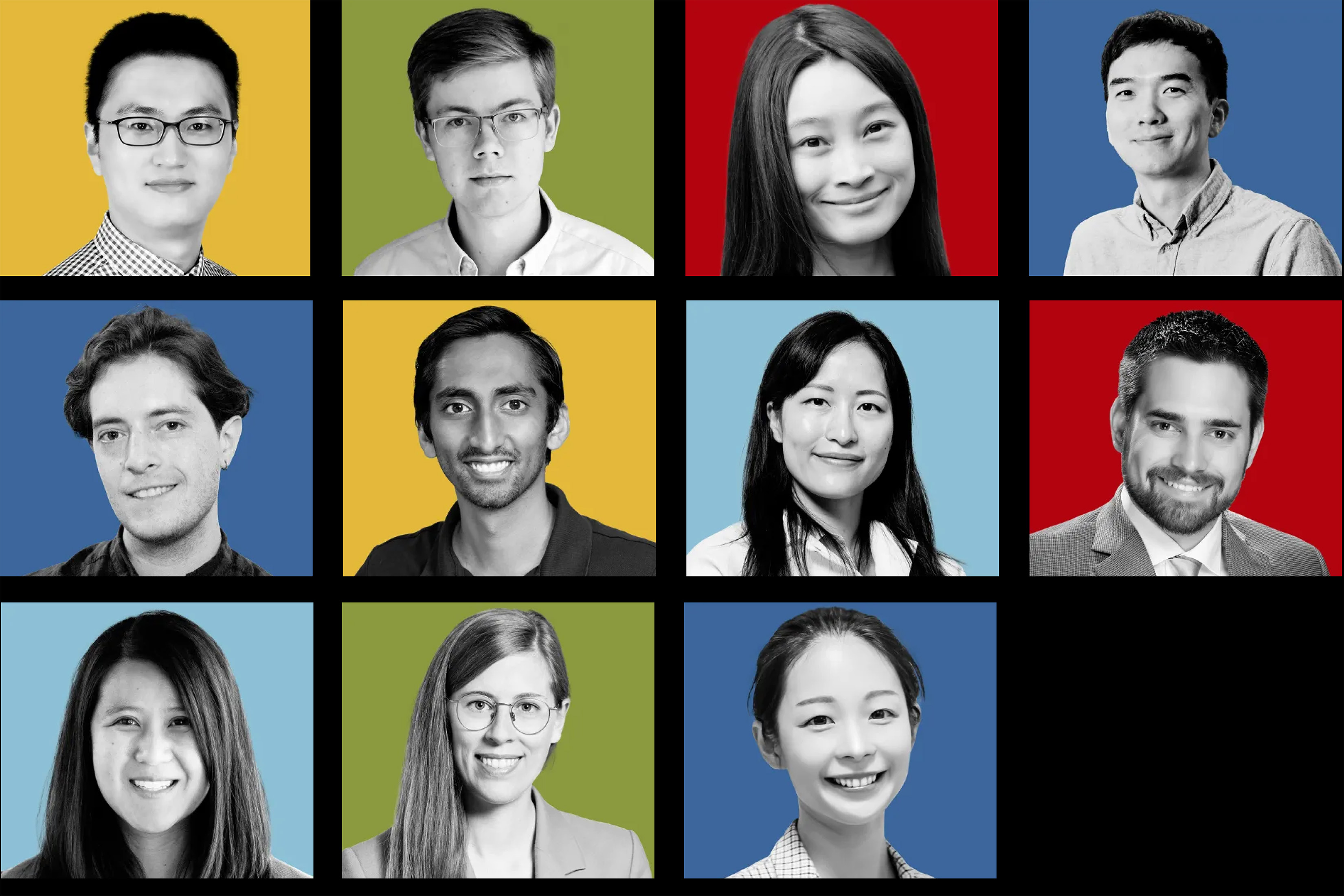MIT Innovators Earn Spots on Tech Review’s Under 35 List
-
-
Slice of MIT
Filed Under
Every year, MIT Technology Review asks: “Who are the people driving the next wave of innovation, and what does their work tell us about where technology will go in the near future?” The magazine’s answer to these questions is its well-known list of 35 Innovators Under 35.
This year’s list includes 11 people with MIT connections: seven alumni (one of whom is currently on the MIT faculty) and four current or former postdocs. Five fields are spotlighted in the list: artificial intelligence; biotechnology; climate and energy; computing; and robotics.
Read about this year’s honorees below. For more MIT-associated innovators, check out who made Tech Review’s Innovators Under 35 list in 2022, 2021, 2020, and 2019.
INNOVATORS UNDER 35: MIT COMMUNITY MEMBERS
-
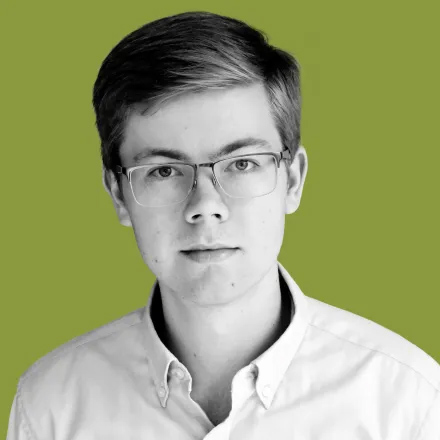
Connor Coley SM ’16, PhD ’19 (faculty)
MIT (artificial intelligence)
Coley developed open-source software that uses artificial intelligence to help discover and synthesize new molecules. The suite of tools is widely used to create new medicines, new materials, and more efficient industrial processes.
-

Catherine De Wolf SM ’14, PhD ’17
ETH Zurich (artificial intelligence)
De Wolf is using AI to help reduce emissions and waste of materials in the construction industry. Her goal is to aid the transition away from a one-time-use building philosophy to a circular one, where old building materials are reused.
-

Peter Godart ’15, SM ’19, PhD ’21
Found Energy (climate and energy)
Godart wants to harness the energy in waste aluminum as a cleaner alternative for heavy industry. To achieve that, he invented a chemical process that can pull apart aluminum by combining it with water.
-
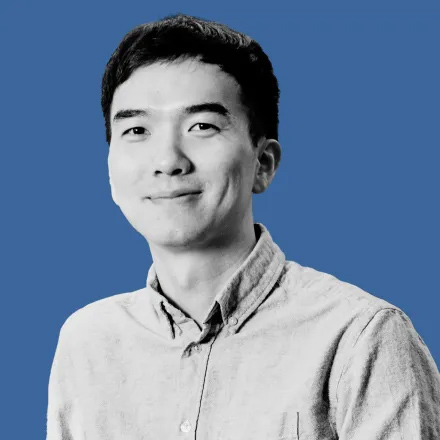
Young Suk Jo SM ’13, PhD ’16
Amogy (climate and energy)
Amogy, a startup Jo cofounded in 2020, is building systems that can use ammonia, typically a component of fertilizer, as a fuel to power trucks and ships.
-

Julia Joung PhD ’21
Whitehead Institute (biotechnology)
Joung published an “atlas” of how individual transcription factors affect the identity of stem cells. The ultimate goal, she says, “is to be able to make any cell type, and in a very controlled way.”
-
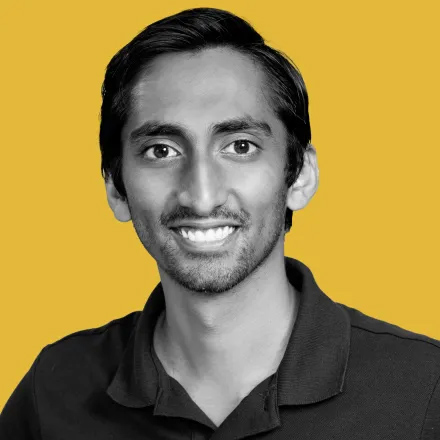
Bharath Kannan SM ’18, PhD ’22
Atlantic Quantum (computing)
Kannan found a new way to make quantum computers more powerful by reducing the error rates of their fundamental computing units, known as qubits.
-

Yayuan Liu (former postdoc)
Johns Hopkins University (climate and energy)
Liu is working to create modular carbon-capture devices. She says her vision for the future is that “every household has a little carbon-capture device where they could deal with their own CO2 emissions.”
-

Danielle Mai (former postdoc)
Stanford University (biotechnology)
Mai’s lab is using proteins from pertussis, aka whooping cough, to bioengineer new material that functions like human skin and muscle. “Naturally occurring proteins have amazing functionality,” she says.
-

Forrest Meyen SM ’13, PhD ’17
Lunar Outpost (robotics)
Meyen’s work could make space exploration more affordable and give the space mining industry a boost. He is currently leading the first moon rover mission with NASA to the lunar south pole.
-
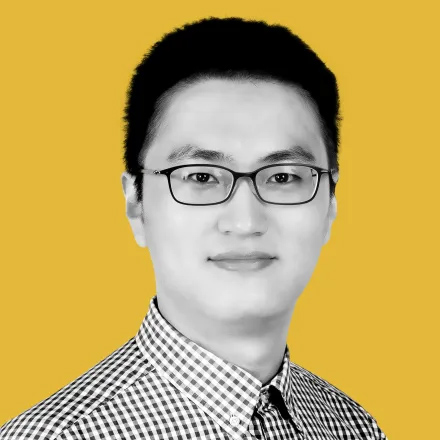
Quansan Yang (postdoc)
MIT (computing)
Yang is developing eco-friendlier chips in work that has significant implications for biomedicine. He also invented a laser-based manufacturing process that enables biodegradable chips to be made efficiently at low cost.
-

Renee Zhao (former postdoc)
Stanford University (robotics)
Inspired by the ancient art of origami, Zhao has created tiny cylindrical robots that can twist and buckle while maintaining their stability, making them appealing tools for breaking up clots or delivering drugs.






